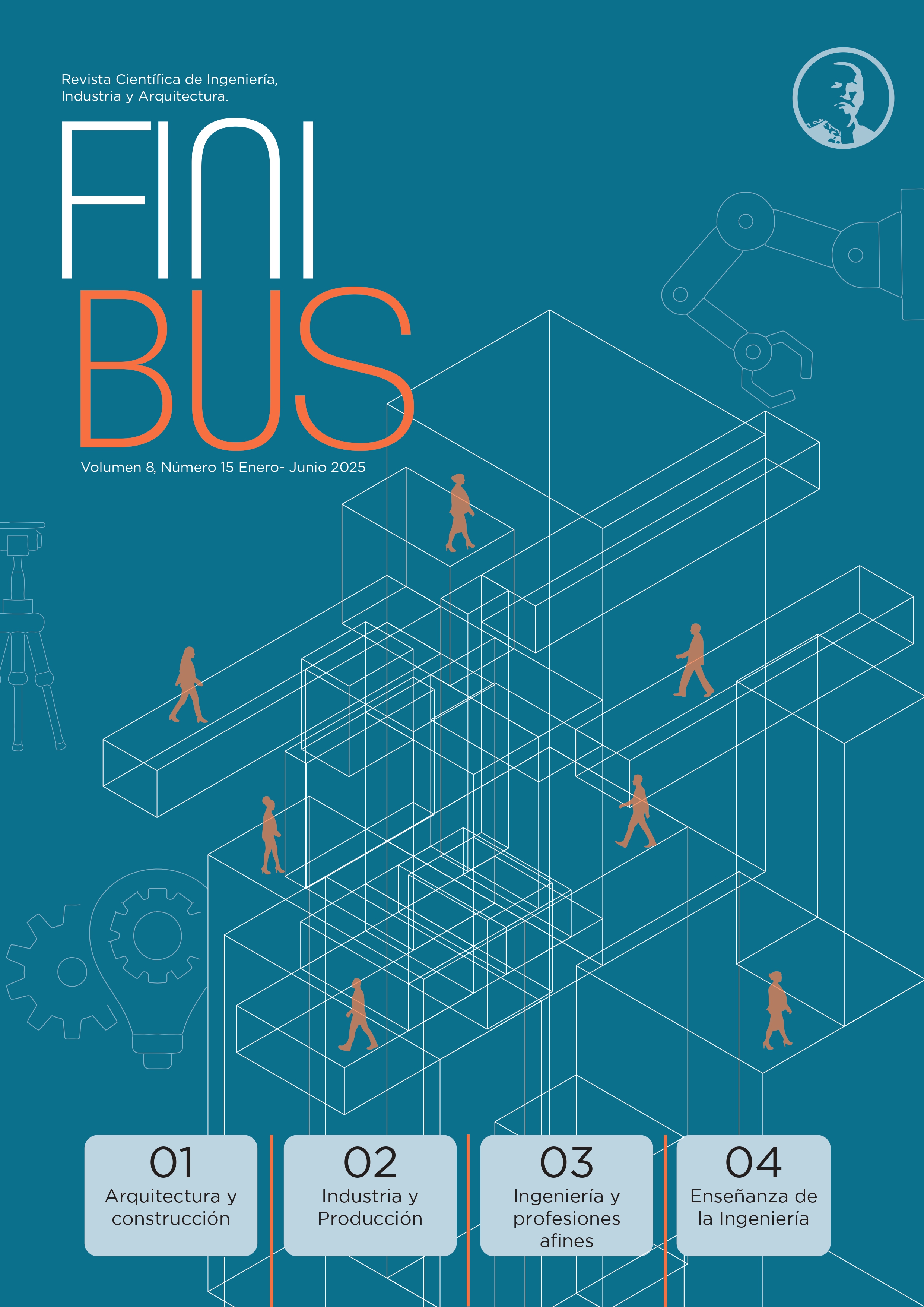Integración del espacio público en el perfil costero
Palabras clave:
Paseo del Mar, Borde costero, Urbanismo Rural, Desarrollo Sostenible, Paseo Ecológico, Turismo, Corrales Marinos, Integración SocialResumen
El proyecto Paseo del mar en el perfil costero e integración del espacio público dentro de la comunidad Ligüiqui, se planteó con la finalidad de dar respuesta a la problemática del desaprovechamiento existente en dicha comuna, generado por las insuficientes e inadecuadas medidas de planificación del ordenamiento territorial, así como generar una integración de la playa con los espacios aledaños. Como resultados de la presente investigación se evidenció insuficiencia e inexistencia de espacios y equipamientos públicos adecuados, los problemas de accesibilidad hacia la playa, caos vehicular y la necesidad de dotar de equipamientos que fomenten el turismo en el sector. Teniendo en cuenta los resultados generados, se formuló la creación de una propuesta al cual se ha denominado Paseo del Mar, la misma que busca solucionar las problemáticas mencionadas, aprovechar los recursos y generar una integración con el medio natural a través de la adaptación e implantación del proyecto en el sitio, la materialidad implementada en la propuesta potenciaría sus atractivos principales.
Palabras clave: Paseo del Mar, Borde costero, Urbanismo Rural, Desarrollo Sostenible, Paseo Ecológico, Turismo, Corrales Marinos, Integración Social.
ABSTRACT
The Paseo del Mar project in the coastal profile and integration of the public space within the Ligüiqui community, was proposed with the purpose of responding to the problem of the existing waste in said commune, generated by the insufficient and inadequate planning measures of the territorial ordering, as well as generating an integration of the beach with the surrounding spaces. As results of the present investigation, it was evidenced insufficiency and inexistence of adequate public spaces and facilities, problems of accessibility to the beach, vehicular chaos and the need to provide facilities that promote tourism in the sector. Taking into account the results generated, the creation of a proposal was formulated which has been called Paseo del Mar, the same one that seeks to solve the aforementioned problems, take advantage of resources and generate an integration with the natural environment through adaptation and implementation. of the project on the site, the materiality implemented in the proposal would enhance its main attractions.
Keywords: Paseo del Mar, Coastal border, Rural Urbanism, Sustainable Development, Ecological Walk, Tourism, Marine Corrales, Social Integration.
Fecha de recepción: 23 de mayo de 2021; Fecha de aceptación: 14 de junio de 2021; Fecha de publicación: 09 de julio de 2021.
Descargas
Citas
Barbini, B., & Bertoni, M. (2001). MODALIDADES Y PRÁCTICAS RECREATIVAS EN CENTROS TURÍSTICOS DE SOL Y PLAYA. Realidad, Enigmas y Soluciones en Turismo, 41. Obtenido de http://nulan.mdp.edu.ar/486/
Brundtland G. (1987). NUESTRO FUTURO COMÚN, INFORME DE LA COMISIÓN MUNDIAL DE MEDIO AMBIENTE Y DESARROLLO, 2 de agosto de 1987.
Florido del Corral, D. (2014). LOS CORRALES DE PESCA EN LA PROVINCIA DE CÁDIZ: USOS Y APROPIACIONES EN TORNO A UN PAISAJE CULTURAL. In XIII Congreso de Antropología de la FAAEE. Periferias, Fronteras y Diálogos, 2014, Tarragona, España.
Gajardo Cortés, C. y Ther Ríos, F. (2011). SABERES Y PRÁCTICAS PESQUERO-ARTESANALES: COTIDIANEIDADES Y DESARROLLO DE LAS CALETAS DE GUABÚN Y PUÑIHUIL, ISLA DE CHILOÉ. CHUNGARA. Revista de Antropología Chilena, 43(1), 589-605.
Jijón Porras, J. A., Labrada Ochoa, M. O., & Pacheco Navarro, C. G. (2020). Ligüiqui: corrales marinos, arqueología y desarrollo sostenible. INSTITUTO NACIONAL DE PATRIMONIO CULTURAL, 14. Obtenido de https://www.hojas-jaboncillo.gob.ec/biblioteca-catarama/
Moreno Melgarejo, A., & Sariego López, I. (2017). RELACIONES ENTRE TURISMO Y ARQUEOLOGÍA: EL TURISMO ARQUEOLÓGICO, UNA TIPOLOGÍA TURÍSTICA PROPIA.
Perrone, A., Cajiao, D., & Burgos, M. (2009). TURISMO DE NATURALEZA EN LA ZONA MARINO COSTERA DEL ECUADOR CONTINENTAL. Conservación Internacional Ecuador, Ministerio del Ambiente del Ecuador, Ministerio de Turismo del Ecuador. Guayaquil, Ecuador.
Secretaria Nacional de Planificación y Desarrollo (2017) PLAN DE ORDENAMIENTO DEL ESPACIO MARINO COSTERO-POEMC, Ecuador
Segovia, O., & Dascal, G. (2000). ESPACIO PÚBLICO, PARTICIPACIÓN Y CIUDADANÍA. Santiago, Ediciones Sur
Xicarts, D. (2005). EL PATRIMONIO ARQUEOLÓGICO COMO RECURSO TURÍSTICO. El caso del Valle del Río Manso Inferior- Argentina (Vol. 14). Buenos Aires, Argentina. Recuperado el 8 de Diciembre de 2020, de https://www.redalyc.org/articulo.oa?id=1807/180713887003














